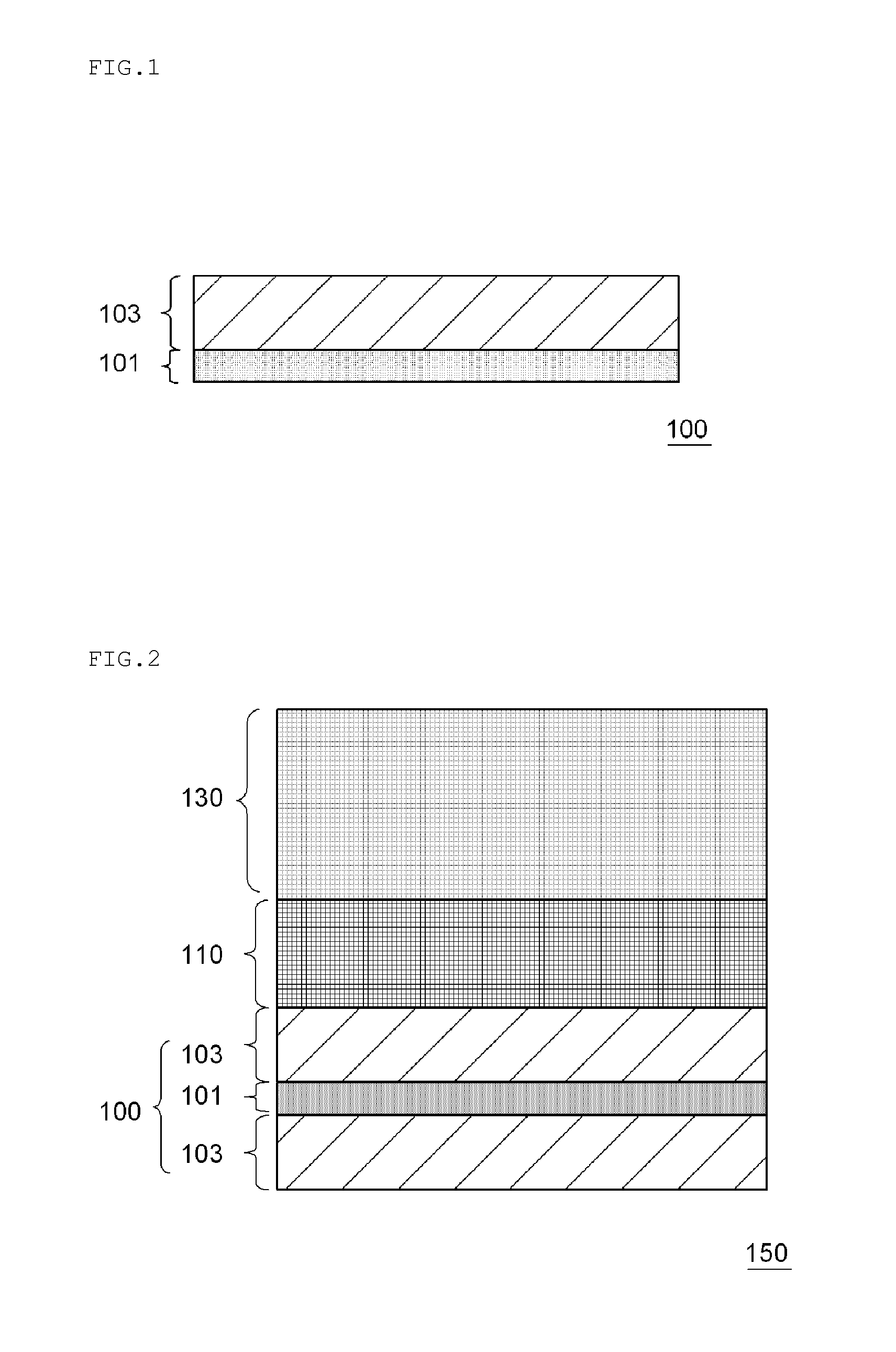Negative electrode for lithium ion secondary battery, negative electrode slurry for lithium ion secondary battery, and lithium ion secondary battery
- Summary
- Abstract
- Description
- Claims
- Application Information
AI Technical Summary
Benefits of technology
Problems solved by technology
Method used
Image
Examples
example 1
Preparation of Negative Electrode Active Material
[0137]A negative electrode active material was prepared as follows. Hereinafter, an average particle size d50 was measured using MT 3000 (manufactured by Micotrac), and a specific surface area was obtained using Quanta Sorb (manufactured by Quantachrome Corporation) with a nitrogen adsorption method.
[0138]Natural graphite having an average particle size d50 of 20 μm and a specific surface area of 7.0 m2 / g was used as a core material.
[0139]99.0 parts by mass of natural graphite powder and 1.0 part by mass of coal pitch powder having an average particle size d50 of 35 μm and a softening temperature of 80° C. were mixed by simple mixing using a V blender in the solid phase.
[0140]The obtained mixed powder was put into a graphite crucible and was heated in a nitrogen gas stream at 1300° C. for 1 hour to obtain a negative electrode active material.
[0141](Physical Properties of Negative Electrode Active Material)
[0142]The specific surface ar...
PUM
 Login to View More
Login to View More Abstract
Description
Claims
Application Information
 Login to View More
Login to View More - R&D
- Intellectual Property
- Life Sciences
- Materials
- Tech Scout
- Unparalleled Data Quality
- Higher Quality Content
- 60% Fewer Hallucinations
Browse by: Latest US Patents, China's latest patents, Technical Efficacy Thesaurus, Application Domain, Technology Topic, Popular Technical Reports.
© 2025 PatSnap. All rights reserved.Legal|Privacy policy|Modern Slavery Act Transparency Statement|Sitemap|About US| Contact US: help@patsnap.com


